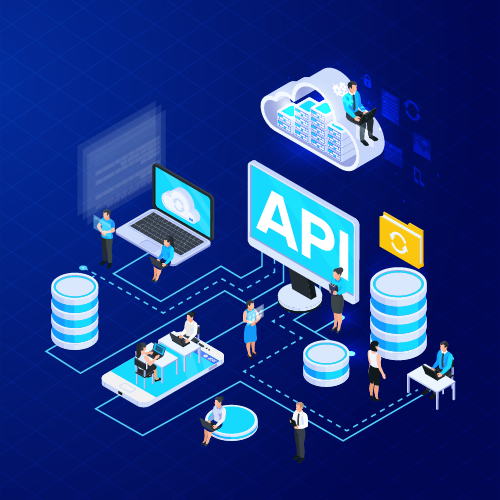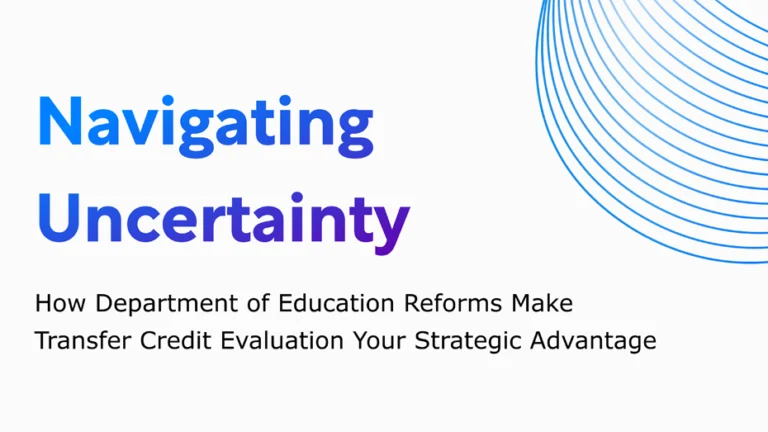Organizations that can put together their solutions in a modular economy use APIs and split components into more minor services called microservices or packaged business capabilities (PBCs). It signals a move away from monolithic apps and toward modular business processes; transforming into workflows for specific business goals and connected throughout a company’s technology stack–also known as a composable enterprise.
By transforming the digital delivery process using composable processes, organizations will be better positioned to gain from digital economies. Composable enterprises are made to be flexible, long-lasting, and adaptive. Further, by 2022 70% of large and medium organizations will include composability in their approval criteria for new technology application plans. Keep reading to learn more about the six requirements to design a composable enterprise.
Product-centric (versus project-centric) technology delivery culture
According to a recent Gartner’s 2021 Strategic Roadmap For The Composable Future of Applications, 30% of new applications will be supplied, priced, and consumed as libraries of bundled business capabilities by 2023. Product-centric organizations and business frameworks aren’t only for product companies anymore. Why is this critical? To begin with, it follows the current trend of using mobile apps to consume IT applications. In addition, information technology becomes less of a backbone and more of a competitive advantage when correctly developed as businesses grow more technologically adept.
The Gartner report also found that, by 2022, most respondents anticipate using a product-centric strategy for roughly 80% of their work, up from 40% now. In terms of availability, usability, performance, scalability, privacy, and security, IT teams are under growing pressure to develop software solutions comparable to their commercial equivalents.
User experience, quality, maintainability, more significant ROI, and time-to-value are all factors that must be thoroughly examined. The product-centric strategy stresses product-centric roles to enable strong IT-business collaboration and continual app development and refinement. It cultivates an engineering culture that is unique from that of traditional project-focused businesses.
The transition to a product-focused IT organization needs a well-thought-out strategy. Product-centricity as an IT strategy necessitates a well-defined roadmap and activities to link people, processes, and platforms more efficiently. Consider establishing a steering group of CXOs to promote product centricity as a critical priority for your company.
Gaining a competitive advantage and accomplishing strategic objectives are difficult without excellent business abilities. These include customer-facing and operational competencies required to manage a company and offer value to all stakeholders.
In contrast to project-centricity, product-centricity entails cooperation between IT and the business to understand business goals, identify the issue area, and create solutions iteratively using Agile and DevOps techniques. This necessitates collaboration at the senior level and open lines of communication between IT and business leaders.
Further, organizations should reallocate cash from projects to capabilities or products and change IT from a facilitator to a strategic co-driver of digital business improvement. Product analytics is also necessary for evaluating the advantages and prioritizing the things that require further investment.
Maturity in agile software development practices and engineering
What can you expect from a completely agile organization? Is it possible for a business to achieve agile maturity, or is it an unattainable goal? How will the final product seem once it has been optimized? Consider the following as a prime example: We stick to a strict schedule and supply fresh content as soon as requested. We invested in automation to allow continuous integration and deployment.
Throughout the organization, on-time and dependable service is a vital component of agile software development practices and engineering. It also focuses on continuous improvement that is self-organized and based on key performance indicators. Instead of constantly making choices that need executive approval, CEOs must empower product owners to control development. Another vital sign of agile maturity is comprehensive low-code adoption.
Experience publishing and supporting externally published APIs
Due to the large-scale usage of smartphones and the need for widespread adoption of services both internally and externally, REST-based APIs have surpassed SOAP Web services in the information age. Also, because of its advantages over rival approaches such as SOAP or XML-RPC, REST APIs have become the de-facto standard for developing business APIs.
In addition to interface architecture, your API business plan should consider the distinction between external and private APIs. An interface can be characterized as open or private depending on its intended audience.
An open API is a programming interface designed to make it as accessible as possible to online and mobile developers. This means that internal and external developers may use an open API, independent of who built it or who registers for access. This enables an organization to promote the development of unique apps that add value to its principal business without spending directly on development efforts, therefore increasing the output of new ideas while lowering development costs.
Experience utilizing low-code development and integration tools
Low-code is a software development technique that helps developers to complete projects faster. To reduce time, the approach eliminates as much manual coding as possible while also offering various tools for viewing low-code app development. Thus, you can design applications with modern user interfaces and quick visual data integration without writing large amounts of code.
Before the pandemic, companies were under pressure to frequently release new products due to the shift to online shopping. Enterprises must adapt to changing market conditions while also meeting customer demand for software to avoid becoming obsolete.
Experience forming multidisciplinary (fusion) teams
Digital products development is a multidisciplinary process involving creativity, engineering, strategy, customer service, and legal compliance. However, many organizations struggle to structure their teams due to the complexity of the digital transformation process. What strategies can you use to make sure everyone is pulling in the same direction? For digital teams, there is no such thing as a one-size-fits-all structure.
One approach is to employ a core framework for forming a fusion team, which are multidisciplinary teams that combine technology and other domain expertise and are primarily focused on product creation rather than only project development. The rise of fusion teams demonstrates how quickly the borders are blurring between IT and the rest of the business. Consequently, corporate users/citizen developers and professional developers can interact more efficiently while working with low-code platforms.
Close engagement with business peers to coordinate business and software innovation strategies
Organizations’ capacity to cooperate, both inside and between teams and business divisions, varies significantly. The failure to collaborate is primarily due to complex organizational, cultural, and interpersonal constraints. As a result, before evaluating the possibility for collaboration,
Company executives must first determine what barriers to collaboration exist inside their organization. Conducting a survey is one way to figure out which behaviors impede coordination between business and software innovation strategies. Then, come up with solutions to the particular hurdles to collaboration that exist inside your company. Additionally, it’s crucial to persuade employees to change habits that obstruct or limit collaboration inside and between teams and business divisions.
Here are some additional tips you can use today:
- Recognize each other’s duties, roles, and operating methods.
- Keep channels of communication open with personnel from every department.
- Effectively collaborate with others, even in pairs if necessary.
- Establish that all relevant ideas, regardless of source, are carried out.
There are many advantages to becoming a composable enterprise. For organizations, the low-code paradigm for application development speeds up the process.


